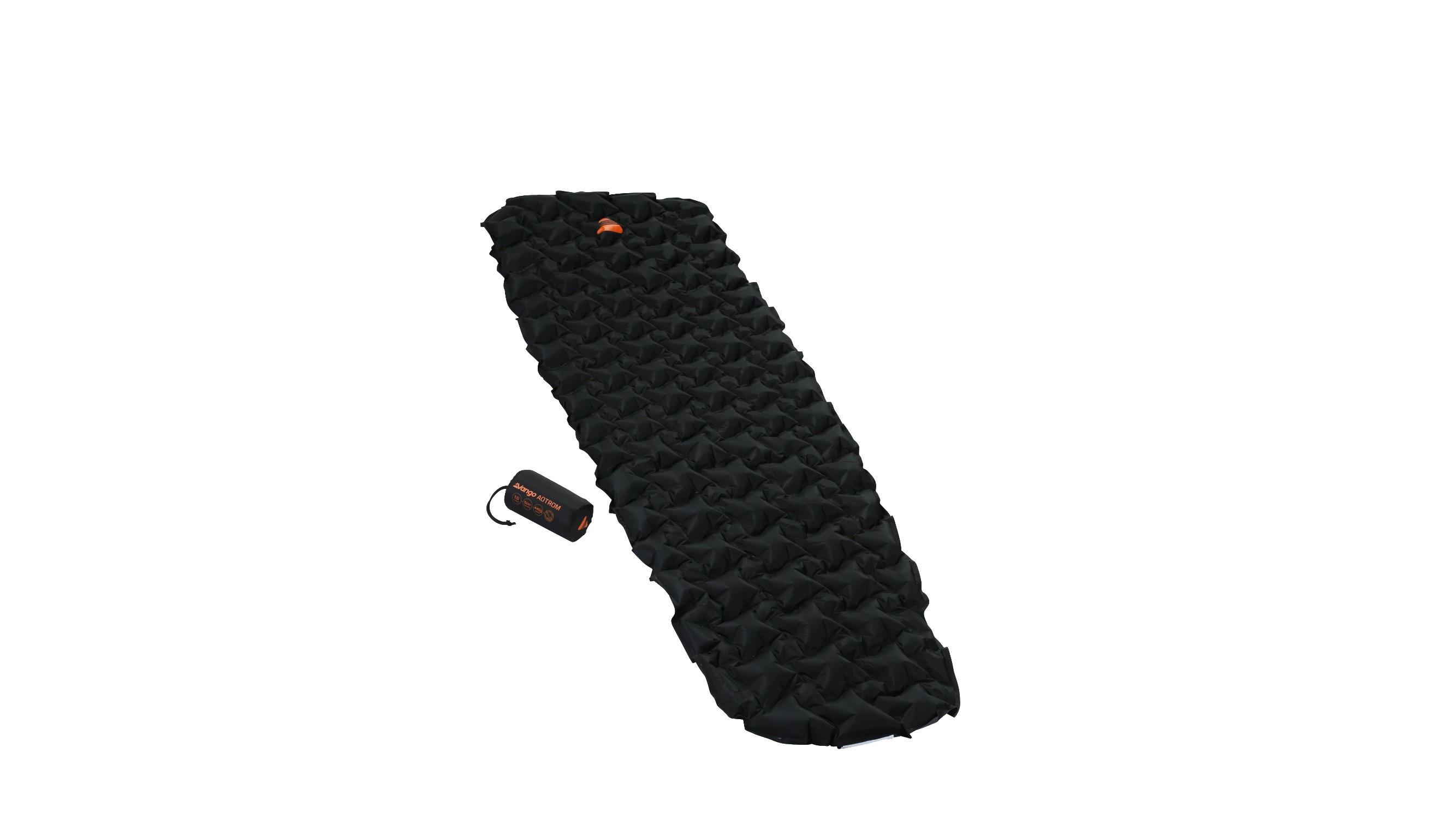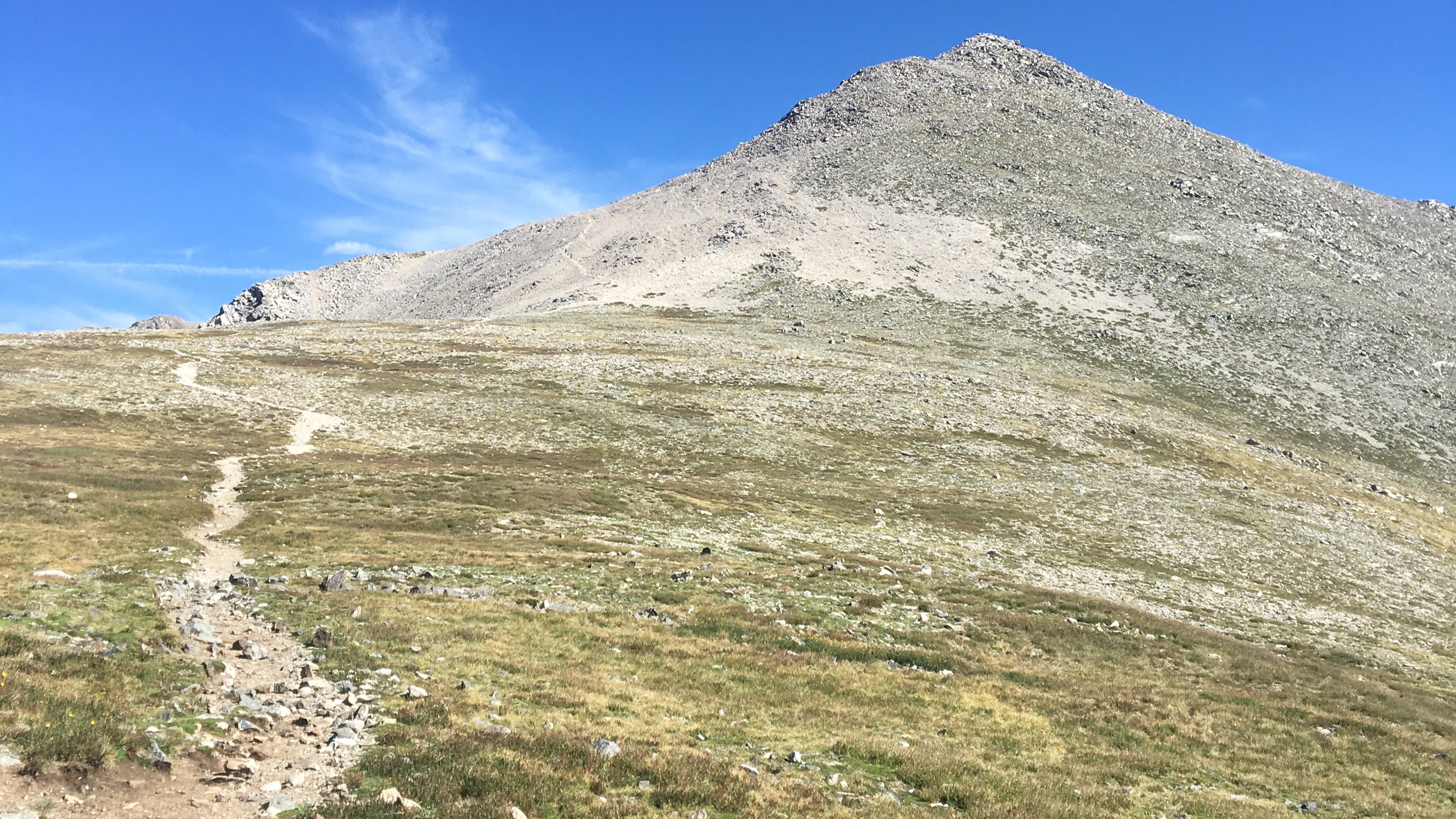Advnture Verdict
A price-, size- and weight-conscious choice for lightweight summer camping that would be a great mat to buy for beginner backpackers, ultralight adventurers or DofE expeditions.
Pros
- +
Lightweight
- +
Small pack size
- +
Good value
Cons
- -
Not as thick as other mats in the category
- -
Not very warm
You can trust Advnture
First impressions
The Vango Aotrom sleeping pad, along with the Z-lite Sol foam mat, was the joint second-lightest sleeping pad in our selection, behind only the specialist Thermarest NeoAir Uberlite. However, it’s far less bulky than the Z-Lite Sol, and more comfortable too.
In fact, the pack size is comparable to the best-in-class Uberlite, and, though it’s not as warm or as plush, it’s around a third of the price. So, ultimately, if you’re a summer-season backpacker and space in your pack is at an absolute premium, but you’re unable or unwilling to splash the cash on premium camping gear, the Vango Aotrom could be the ideal solution.
- Learn how to choose a sleeping pad and get a comfy sleep
- Prepare for your next adventure with our camping checklist
- Learn how to pitch a tent easily with these tips
In terms of construction, the mat utilises air-filled welded channels rather than conventional baffles, which are designed to mould to the contours of the ground and your body for a more comfortable night’s kip.
It’s made from 20-denier ripstop nylon and uses modern TPU fabric lamination, which is lighter and allows for a smaller pack size than traditional PVC lamination (as well as being better for the planet). The shape is slightly contoured but nowhere near as tapered as some mats, giving plenty of width from the shoulders right down to the knees.
• RRP: £55 (UK)
• Style: Non-insulated air mat
• Weight: 410g/14.5oz
• Variants: One size
• Dimensions: 185 x 55cm/72.8 x 21.6in
• Thickness: 5cm/2in
• Pack size: 15 x 8cm/ 6 x 3.1in
• R-value: 1
• Compatibility: 1-season
In the field
Just like the Thermarest NeoAir Uberlite, the Vango Aotrom is highly packable. You could stow it pretty much anywhere, particularly given that it is supplied with a small, drawcord stuff sack that minimises bulk. We hardly noticed it in our pack, unlike bigger and heavier mats. It’s ideal for going fast and light, or for extended trips where you need to reserve space in your pack for other kit.
When you unroll the Aotrom, it looks surprisingly long and we wondered if it would even fit in our tent, but as you inflate the mat, the air-filled cells expand, pulling in the fabric and resulting in a pretty standard 185cm length, with a thickness of about 5cm. The welded channels obviously offer next to no padding, but we could still lie down without ‘bottoming out’.
The design means there’s little support for common pressure points if sleeping on your side though, such as at the hips and shoulders. As such, we’d say that it is a more comfortable mat for people who tend to sleep on their back rather than their sides.
Unlike some ultralight pads, which are let down by a bulky air valve, the flush fit air lock is unobtrusive but works well, allowing for quick inflation/deflation. The major drawback is that as a non-insulated air mat, warmth is limited. The mat’s welded channels do seem to allow some space for a sleeping bag to loft, so if you have a warm down bag you might be able to extend this mat’s temperature range a little.
But otherwise it is a sleeping pad suitable for strictly summer camping only, but in that capacity it is a very compact and lightweight option that would be ideal for Duke of Edinburgh’s Award expeditions, weekend camping trips and wild camps in the hills. Minimalist adventurers will also appreciate the amount of comfort it offers in relation to its impressively small size and low weight.
An outdoors writer and editor, Matt Jones has been testing kit in the field for nearly a decade. Having worked for both the Ramblers and the Scouts, he knows one or two things about walking and camping, and loves all things adventure, particularly long-distance backpacking, wild camping and climbing mountains – especially in Wales. He’s based in Snowdonia and last year thru-hiked the Cambrian Way, which runs for 298 miles from Cardiff to Conwy, with a total ascent of 73,700 feet – that’s nearly 2½ times the height of Everest. Follow Matt on Instagram and Twitter.


